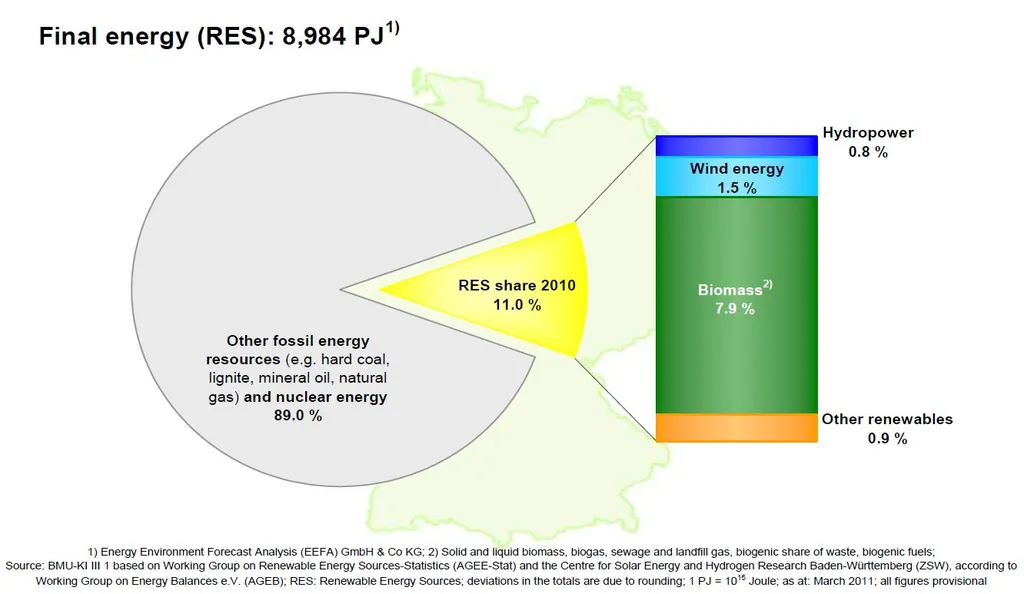Researchers Johannes Hampp, Michael Düren, and Tom Brown have delved into the future of energy imports, focusing on chemical energy carriers derived from renewable sources. Their work, centered on Germany’s energy needs, offers a comprehensive analysis of the viability and cost-effectiveness of importing synthetic chemical energy carriers compared to domestic production.
The study explores various synthetic chemical energy carriers, including hydrogen (H2), methane (CH4), methanol (MeOH), ammonia (NH3), and Fischer-Tropsch fuels (FTF). These carriers are produced using electricity generated from renewable energy sources (RES) as substitutes for fossil fuels. The researchers modeled the sourcing of feedstock chemicals, synthesis, and transport along nine different energy supply chains to Germany. They compared import options from seven locations around the world against domestically sourced alternatives, evaluating the costs per unit of H2 and energy delivered.
The findings reveal that for each type of chemical energy carrier, there exists an import option that is more cost-effective than domestic production within Germany. Notably, no single exporting country or energy carrier holds a unique cost advantage. For each energy carrier and country, there are cost-competitive alternatives. This flexibility allows for decisions on exporter and infrastructure to be based on criteria other than just energy and cost.
The study highlights that the lowest cost methods for importing energy and H2 involve H2 pipelines from Denmark, Spain, and regions like Western Asia and Northern Africa. These options start at approximately 36 EUR/MWhLHV to 42 EUR/MWh-LHV, or 1.0 EUR/kg-H2 to 1.3 EUR/kg-H2, projected for the year 2050 with an assumed annual capital cost of 5%. For more complex energy carriers derived from H2, such as CH4, NH3, MeOH, or FTF, imports from Argentina by ship to Germany are found to be lower in cost compared to closer exporters within the European Union or Western Asia and Northern Africa.
The research also underscores that direct imports of H2 are more attractive than indirect routes involving the import of CH4, MeOH, or NH3 followed by their decomposition into H2. This preference is due to the high capital investment costs and energetic losses associated with the latter processes.
The researchers have made their model and data available under open licenses, encouraging adaptation and reuse. This open-access approach facilitates further exploration and validation of their findings, potentially accelerating the transition to sustainable and climate-neutral energy systems. Read the original research paper here.

